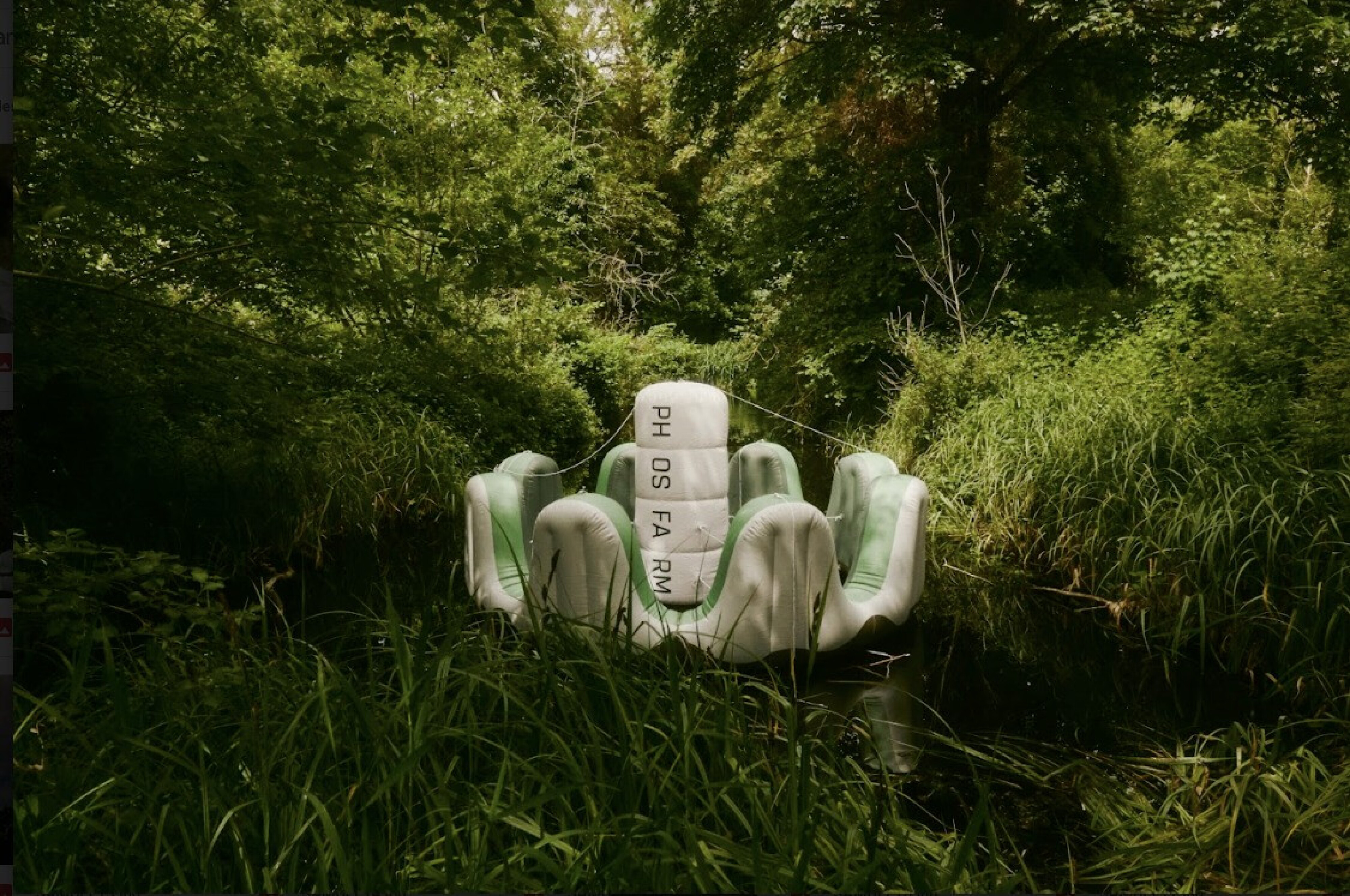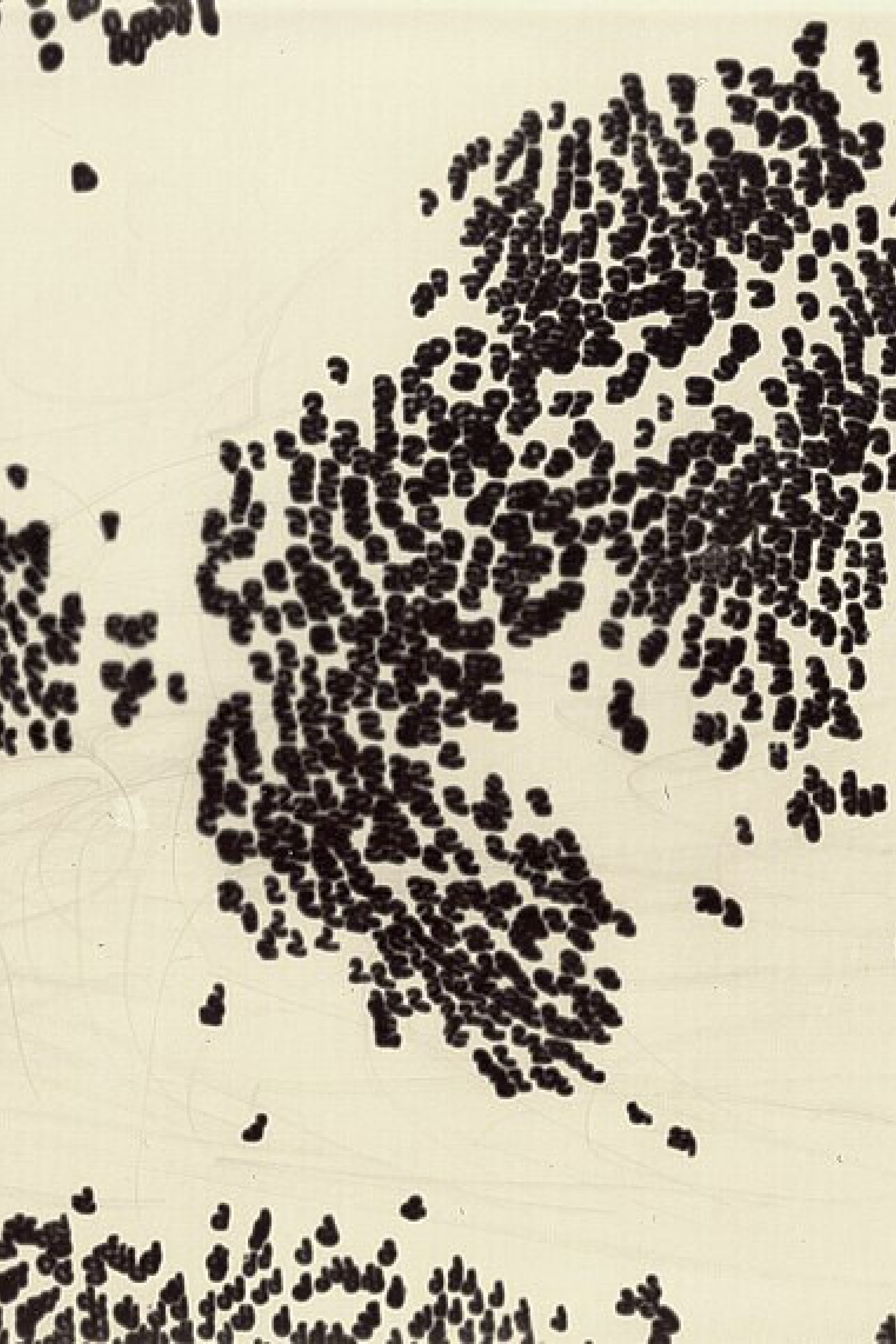The Arts and Humanities Research Council (AHRC), part of UK Research and Innovation (UKRI), and the Design Museum in London, today launch a multi-million-pound fund bringing UK researchers, universities and businesses together to use the power of design to catalyse the transition to net zero and a green economy.

The £25m Future Observatory: Design the Green Transition programme will run over the next three years and is funded by AHRC. The programme will be delivered in partnership with the Design Museum and will ensure a sustainable and inclusive response to the climate crisis. The investment will directly fund and benefit over 100 higher education institutions and 75 industry and local authority partners across the nation. It is the largest publicly funded design research and innovation (R&I) programme in the UK.
The programme will be dedicated to finding new ways to shift our dependence on fossil fuels through innovative design and will fund vital design research that supports the British Government's commitment to decarbonise the economy and reach Net Zero by 2050. Boosting the profile of British researchers and providing them with commercial experience, the programme will also offer UK industry access to cutting-edge academic research tools and methodologies.
The UK is a centre of design excellence, with the second-largest commercial design sector in the world as well as the world’s top two design schools, alongside other leading higher education institutions. This programme will bring together a diverse, national talent pool and provide a place for it to focus on meeting one of the biggest challenges of our time.
This multi-million-pound investment follows a hugely successful pilot year of Future Observatory at the Design Museum, in partnership with AHRC. Future Observatory is a new programme for design research supporting the UK’s response to the climate crisis. The pilot year programme championed AHRC funded research, including 15 Design Exchange Partnerships, and featured exhibitions, displays, symposia, roundtables and the museum’s Design Researchers in Residence.
Professor Christopher Smith, Executive Chair of the Arts and Humanities Research Council, said:
“Innovation in design is vital to the mission of decarbonising our economy and society by 2050, and it is outstanding design thinking which will bring research and development together.”
“Our collaboration with the Design Museum once again proves the vital role the arts and humanities can play in solving the most urgent contemporary challenges – such as climate change. A modern, sustainable and inclusive economy fit for the twenty-first century requires a human focussed approach to designing a better world.”
Justin McGuirk, Director of Future Observatory and Chief Curator at the Design Museum, said:
“As a museum whose primary purpose is to reflect the material and technological developments of our time, the Design Museum is ideally placed to champion design’s crucial role in the green transition. Indeed, Future Observatory redefines what a museum can be: a place not solely focused on the past or the present but one that can help shape the future. We are delighted to be partnering with the AHRC on this mission to support the UK in achieving its climate goals.”
If you would like to stay up to date with Future Observatory: Design the Green Transition sign up to our newsletter here.
Funding Strands
There will be four main funding strands for Future Observatory: Design the Green Transition:
Three-year Future Observatory programme at the Design Museum
4 Green Transition Ecosystems
75 Design Exchange Partnerships
50 Design Accelerators
Each component of the programme will address distinct Net Zero themes or climate challenges faced by UK society and economy.
Future Observatory at the Design Museum
Future Observatory at the Design Museum will act as coordination hub for the whole programme over three years and is the UK’s first design research and innovation (R&I) engagement centre. The Design Museum will host the Programme Directorate for Future Observatory: Design the Green Transition and deliver a £4m national programme over three years, including displays, publications, events, residencies and directly commissioned research. The Design Museum, as an institution that reflects social and technological change, will be both a forum for new research and a bridge connecting academia and industry.
Green Transition Ecosystems
Four Green Transition Ecosystems will be awarded £16m over three years as part of Future Observatory: Design the Green Transition. These ecosystems are R&I clusters in areas where design research and multi-sector businesses are already working together to improve connectivity and resource sharing between academia, business, policy and the public. They will lower the barriers to strategic, large-scale R&I collaborations, and highlight the value design researchers bring to multidisciplinary projects.
The clusters will bring together a range of academic, private, public, and third sector organisations to address environmental issues and the challenges posed by the transition to Net Zero. They will be led by centres of design R&I excellence at UK higher education institutions.
Design Exchange Partnerships
Up to 75 Design Exchange Partnerships will be awarded £3m over the three years of Future Observatory: Design the Green Transition. These partnerships bring researchers into collaboration with non-academic partners, such as local councils and businesses, to address the climate crisis across annual themes. Early career design researchers will help a diverse range of businesses, public sector, and third sector organisations across the UK to tackle specific climate challenges, embed state of the art design skills and methods and equip all partners with valuable collaborative R&I experience.
Design Accelerators
Up to 50 hyperlocal design R&I accelerator projects will be set up around the UK as a £2m satellite programme of Future Observatory: Design the Green Transition. These projects will demonstrate how the design R&I at universities throughout the country is vital for their local communities’ successful transition to net zero and a green economy. Their outputs will be developed with key local stakeholders to speed up implementation.
